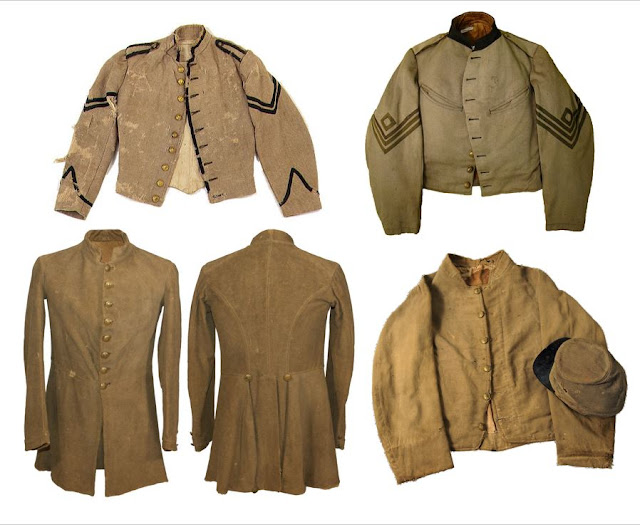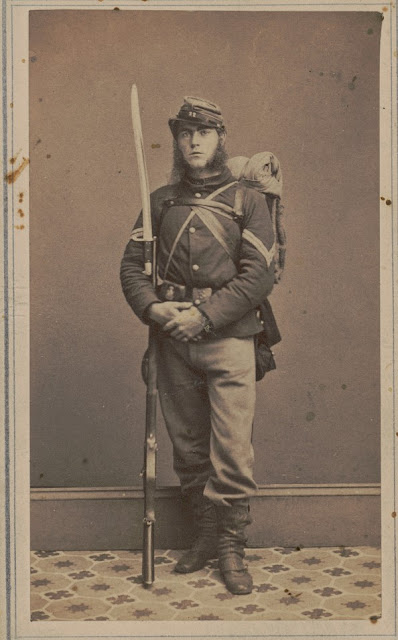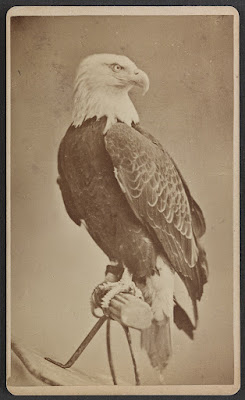The Friendly Truce at Chattanooga
Writing to his wife back home in Ohio, Lieutenant Frank Hardy of the 94th Ohio described the unofficial truce that had developed between the Confederate and Federal pickets outside of Chattanooga by mid-November 1863.
"At the point where we do picket duty, there is a creek between the two picket lines and they stand within speaking distance of each other and for the most part within plain sight of each other so as to make a first-rate mark to shoot at," he wrote. "But neither side manifests any disposition to molest the other. On the contrary, they seem to be generally disposed to be friendly towards each other, so much so that one can hardly realize that the two parties are at war with each other."
The following letter, written ten days before the Battle of Missionary Ridge, appears on the blog courtesy of Dale Niesen.
Chattanooga,
Tennessee
November 15, 1863
My dear
wife,
I take the present opportunity to
write a few lines to you. You will see that I have answered the letter which I
received from the dear little boy a few days since. Your part of the letter I
have already answered. I wrote you a ,long letter day before yesterday and gave
you the best directions I could in regard to business. I enclosed in the letter
the sum of $300 (6 bills of $50 each) which I sent to Ohio by Captain Perry
Stewart of the 94th Ohio who has resigned and started home to
Springfield, Ohio yesterday morning. I need not repeat the contents of the
letter for if it arrives safely, you will know what to do.
I don’t know if I have any particular
news to write at this time. This is my 30th letter in about 75 days.
I am still well and getting along first rate. I was out of picket duty
yesterday and last night. Our regiment goes out about once a week. At the point
where we do picket duty, there is a creek between the two picket lines and they
stand within speaking distance of each other and for the most part within plain
sight of each other so as to make a first-rate mark to shoot at. But neither
side manifests any disposition to molest the other. On the contrary, they seem
to be generally disposed to be friendly towards each other, so much so that one
can hardly realize that the two parties are at war with each other.
If the two picket lines should get to
skirmishing, our line could fall back behind some breastworks so as to be well
protected and the Rebels can get behind trees and breastworks so as to be well
protected. There is a good deal of timber on their side of the creek. Two of
the Rebel pickets managed to get across the creek last night and came over and
gave themselves up. They represent the Rebel army as being very short of army
supplies of all kinds. They also say many more would desert to our army if it
was not for the fear of being exchanged and sent back into the Rebel lines and
perhaps shot as deserters.
Everything seems to be quiet here at
present except two batteries (one Rebel and one Federal) which throw more or
less shells every day into the camps of their opponents, but so far about all either
has accomplished has been to make a big noise. For several weeks they have kept
it up and so far we have not had a man killed and but two or three wounded.
I will close for the present. Write often if it is but a few words for I am anxious to hear from my treasures as often as I can. May God bless and protect my dear wife and children and give them peace and happiness is the constant prayer of my heart.
I am yours
affectionately,
Frank A. Hardy
Source:
Letter from
First Lieutenant Francis Amos Hardy, Co. C, 94th Ohio Volunteer Infantry, Dale Niesen
Collection











Comments
Post a Comment